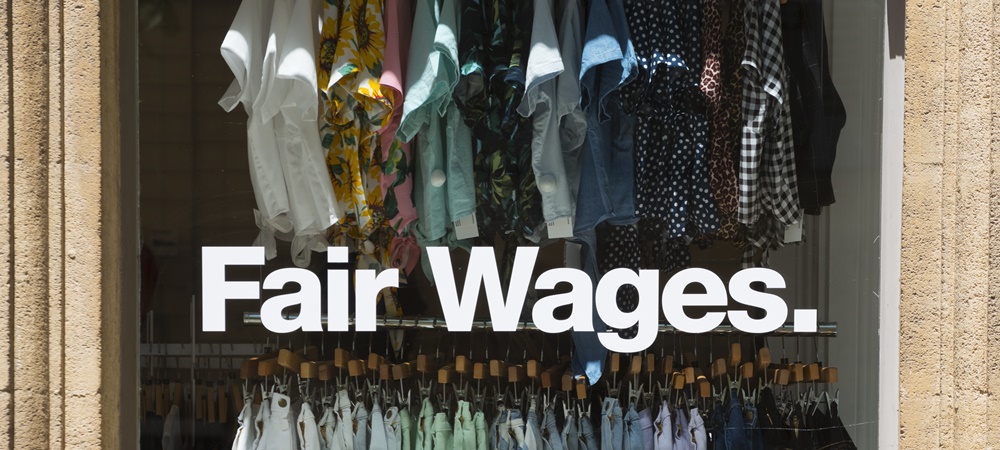The retail industry appears to be moving backwards when it comes to the gender pay gap, with a new report revealing the figures are worse than 2016.
The annual Gender Equity Insights report, a collaboration between Bankwest Curtain Economics Centre (BCEC) and the Workplace Gender Equity Agency (WGEA), analysed data from over 12,000 organisations that capture more than four million Australian employees.
Although Australia’s gender pay gap was found to have narrowed slightly—dropping from 23.9 per cent in 2015 to 23.1 per cent in 2016—the report showed women in the retail industry are worse off.
It found there is a 16.2 per cent gender pay gap between full-time employees in the retail industry, an increase from 15.5 per cent last year.
Retail is also the lowest paid industry for women while mining, Australia’s most male-dominated industry, pays women the most.
The report showed the average gender pay gap declines as female representation in management increases, apart from organisations with the highest concentrations of female management. In fact, for organisations with more than 80 per cent share of female managers—such as retail—the management gender pay gap rises from around 8 per cent to 17 per cent in favour of men.
Report author and BCEC principal research fellow, Associate Professor Rebecca Cassells, said the report outcomes were an indicator of the different way women and men engaged with the workforce.
“Not only do female-dominated organisations tend to be lower paid, but this analysis shows that in workplaces with heavily female-dominated management teams there are large gender pay gaps in favour of men,” she said.
“It seems that where the men are few, they are more highly valued.”
The report highlights that improved gender pay outcomes are driven by companies promoting greater gender equity in senior roles, said co-author and BCEC director, Professor Alan Duncan.
“Organisations that increased the share of women in executive leadership roles by more than 10 per cent between 2015 and 2016 recorded a reduction in the organisation-wide gender pay gap of three percentage points over the course of a single year,” he explained.
Although this is a positive sign, WGEA director Libby Lyons said it is time to challenge the way we think about work.
“This report shows that regardless of the industry they choose to work in, women are worse off than men when working full-time,” she said.
“The analysis is clear—gender-balanced workplaces and gender balanced leadership teams lower the gender pay gap.
“We must address the stereotypes dictating the work women and men ‘should’ do, if Australia is to meet the social and economic challenges in the decades ahead.”
Want the latest retail news delivered straight to your inbox? Click here to sign up to the retailbiz newsletter.

